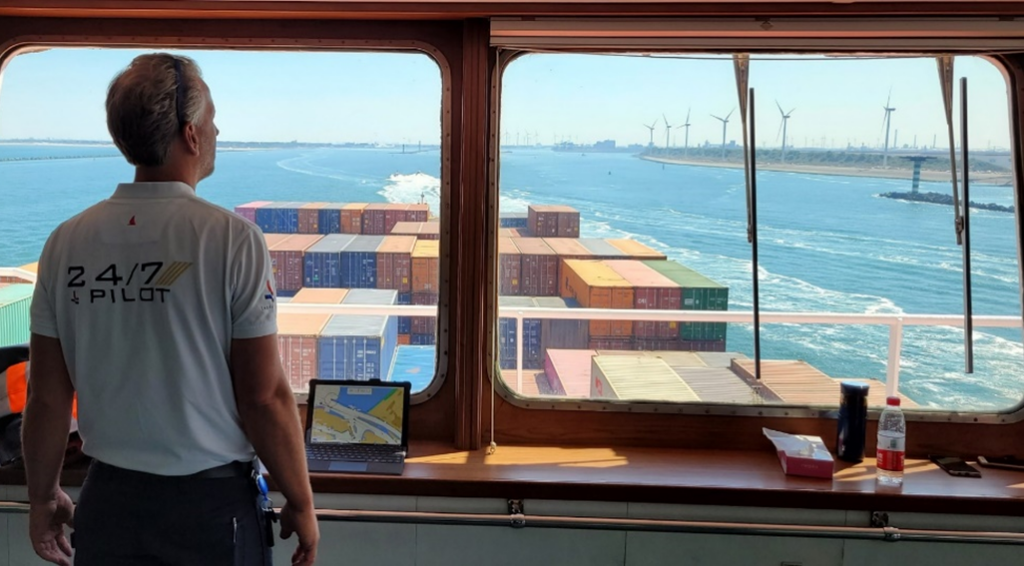MAR120 TopTier - Securing Container Safety at Sea
Summary
Container transport aims for maximized efficiency operations inside the rules and boundaries defined for safety by (flag state) administrations and class. Unsafe situations occur if these boundaries are not respected, are unclear, or are too low. Recent incidents with modern large vessels operated by major shipping companies suggest that the current approach does not sufficiently cover the relevant aspects for the newest classes of ultra large container ships. A better understanding of the operations, the hazards and the working mechanisms is necessary. Updates to rules, requirements and operational procedures should be recommended and implemented from top down levels in order to apply for all involved players. The primary objectives are to restore fidelity in the safety of container transport with the present fleet and provide the technical understanding that is needed for safe designs and innovations for the future. TopTier addresses these objectives with a wide consortium of stakeholders to ensure the required expertise and to achieve leverage for acceptance of end findings. Industry wide impact of findings and recommendations will be sought by cooperating with high‐level bodies as WSC, ITF, IMO, IACS, ISO and ILO through submitting results and requesting follow‐up actions.

Motivation
De TopTier JIP is directly related to the theme Safety and security. Increasing numbers of incidents with container losses indicate that container transport safety needs to be increased. Container transport safety is determined by a multitude of factors spread across multiple international stakeholders operating under jurisdictions and laws. The project is started to address this challenge together in an international consortium.
Goals of the project
The primary objective of the TopTier Joint Industry Project is to restore fidelity in the safety of container transport with the present‐day and future fleet of ULCS’s and to provide the technical and common understanding that is needed to arrive at a level and safe playing field. Safe container transport can only be achieved by the combination of reliable design of the cargo stowage, adequate stowage planning, utilizing containers and lashing gear that are fit for purpose and operating the vessel within certain safety boundaries. Therefore, TopTier will address each of these areas and is aiming at improvements on the following subjects: The following questions will be addressed:
- Are the maximum safe working loads for containers and securing arrangements in line with the requirements that are imposed by modern sized ultra large ships and higher container stacking heights. If not than how should it be changed.
- Is the cargo arrangement that is stowed on deck actually in line with the computer model from logistics and planning stages that was used for the stowage safety validation. Why is that and how to improve it?
- Are the worst case extreme cases and motions that are used to prepare the cargo stowage actually in line with what the vessels can encounter at sea? How to determine that “in design” loadcase. And is the present definition of “off design” conditions realistic. If not than how should it be ?
- Are the true forces and loads that occur in container stows in line with the results of the calculation models that are used to validate the stow planning for safety? If not, then what is wrong and how to improve that.
- Can ship crews operate modern vessels inside the “in design” envelope of motions, accelerations and securing loads that is used for (black box) stowage calculations. Can ship crews successfully anticipate and avoid the occurrence of extreme vessel response that is known to exist, but is considered “off design”.
- How to define harmonized safety requirements, and ensure that they are anchored in an internationally accepted regulatory framework.
Innovativeness
The innovative nature of the project is high. The objective is to work out transparent requirements / minimum standards for safe container transport procedures that are presently not in place. Note that at present there are no specific statutory requirements to safety of cargo securing on containerships other than that the arrangement and operating procedures have to be described in an flagstate approved cargo securing manual. There is however no statutory requirements on how to actually do that. Because of the complex nature of the topic, flagstates have authorized class societies to handle the appraisal of container stowage and securing arrangements. There is no harmonized approach . Different class societies have each come up with different non transparent rules, providing varying results. TopTier aims to establish a common accepted approach and a means how to anchor that in statutory framework.
Duration of the project
01-05-2021/ 31-12-2024
More information about this project